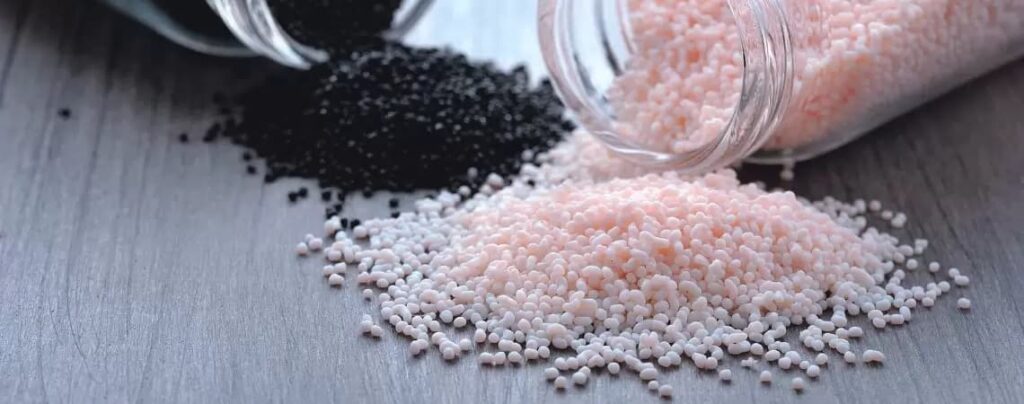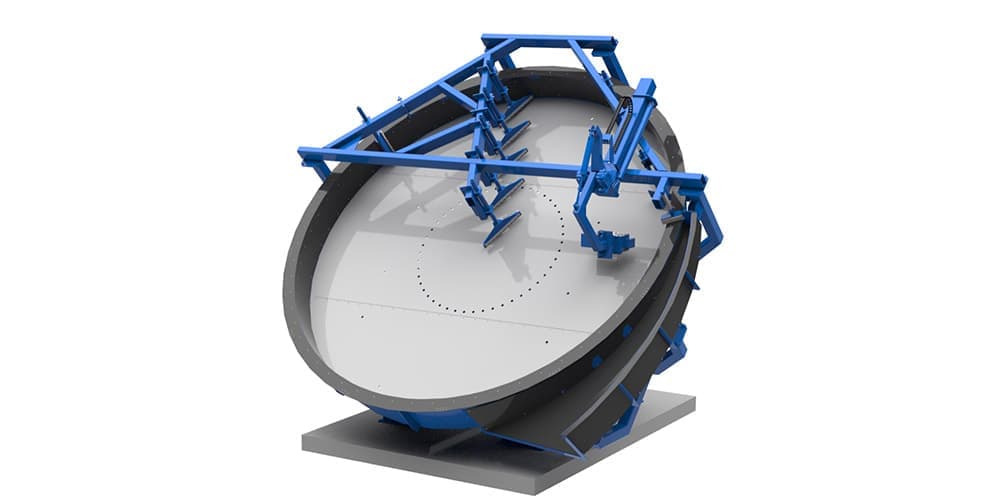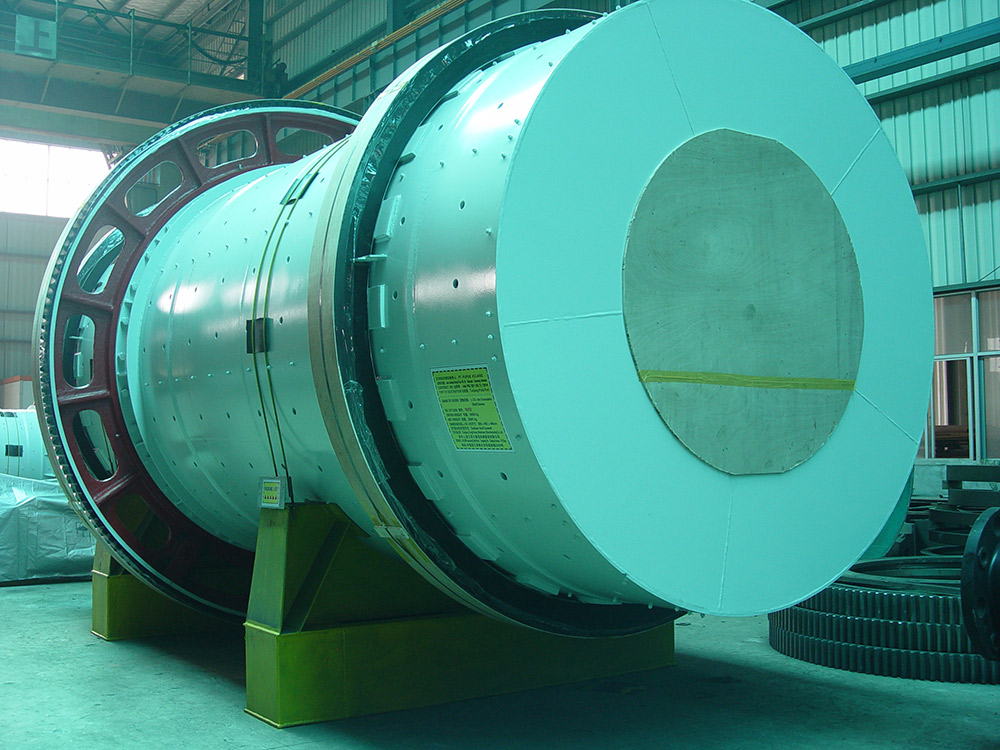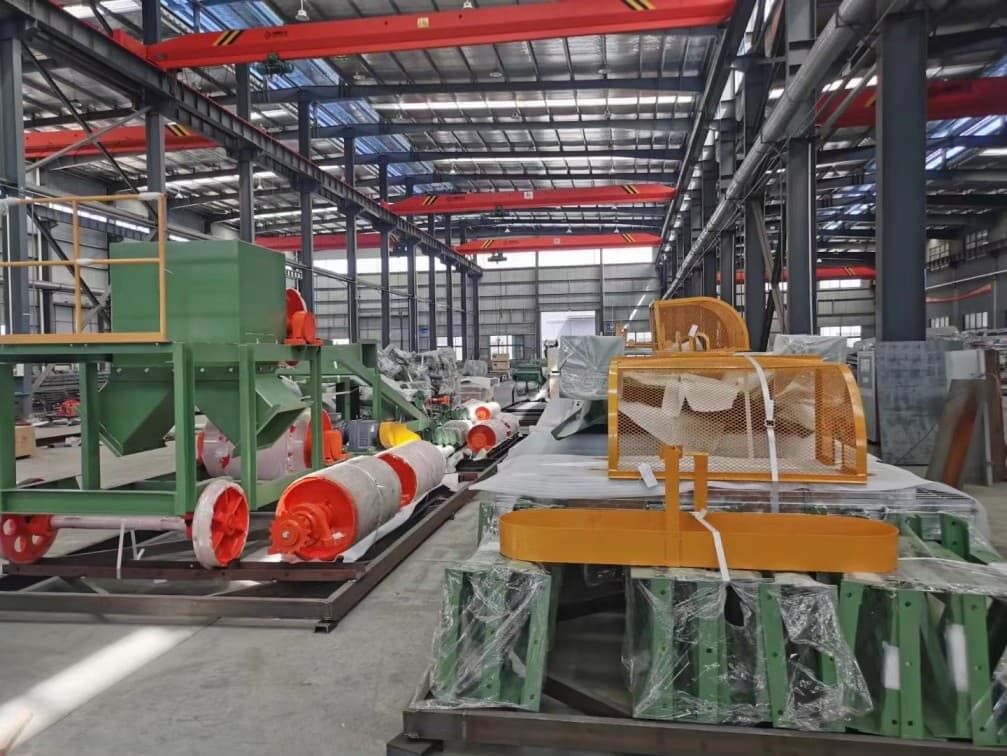Controlling Particle Size through Agglomeration
In industrial production, controlling the size of bulk solids is critical to improving efficiency, ensuring predictable results and the quality of the final product. Agglomeration offers a unique opportunity to create desirable material properties by adjusting particle size, either as a feedstock or as a final product.

Introduction to Agglomeration
Agglomeration is a process of increasing particle size that brings together fine materials into larger, cohesive particles. This technology is used in a number of industries to convert dusty or difficult to handle materials into a more manageable form with a range of benefits.
Why controlling particle size is important
Particle size has a profound effect on the properties of a material, both as a raw material and as a final product. Particle size can affect material flow, solubility, bulk density, reaction rates, delivery and timing of active ingredients, process efficiency, and product consistency. As products and materials become more specialised, precise control of particle size becomes increasingly important.
Benefits of Agglomeration
The application of granulation continues to expand as it offers many benefits for both the raw material and the final product, including:
- Product benefits: suppresses dust, prevents segregation, improves appearance and performance.
- Feedstock benefits: simplified transport, reduced dust loss, increased porosity, density and melting capacity.
- Process benefits: elimination of dust and fines, improved process efficiency.
- Economic benefits: Converts waste to marketable products, reduces transport and disposal costs.
- Environmental benefits: Reduced need for landfill, improved cost efficiency in waste disposal.

Types of Agglomeration
Agglomeration includes a variety of processes such as pelletising, pelletising, micro-pelletising, tempering, instantising, briquetting, compacting, flaking, extruding, agglomerating, granulating, spray pelletising etc.
This article will focus on the following polymerisation methods:
- Agglomeration: The use of liquid combined with rolling action promotes the aggregation and densification of fine particles, similar to the phenomenon of snowballing. This method produces round particles in the range of 40 mesh to 3/4 inch (400μm to 20mm).
- Microgranulation: Similar to granulation, but with a focus on producing granules in the 70 mesh to 35 mesh (200 to 500 μm) range. The goal may be not just to produce granules with a specific size distribution, but to remove dust to make them easier to handle or apply.
- Conditioning: Conditioning is not necessarily for the production of pellets, but to prepare material for use as a feedstock, or to make handling and transport easier. This usually involves creating a homogeneous mixture of solid and liquid feed.
- Agglomeration: Agglomeration is the same as granulation, but usually refers exclusively to applications in the fertiliser industry. Granulation may or may not involve a chemical reaction and is usually carried out in a granulator.
Agglomeration realisation
Aggregating fine particles into a uniform pellet may seem simple, but producing a product that meets the target specifications and has the desired size is a highly engineered task. Studying the phenomenon of granulation in a microscopic perspective helps to explain how the process works. In non-pressure granulation, the aggregation of particles into a cohesive unit relies on the following principles:
- The humidity of the raw material should be significantly lower than the final product to allow for the addition of wetting agents.
- The particles aggregate with each other in the presence of a binder.
- Continuous rotation of the pelletising equipment promotes densification of the pelletised body, forcing moisture to the outside of the pellet.
- Surface tension and capillary forces help keep the particles together.
- Moisture pushed to the surface allows more fine particles to be picked up until the pelletised body reaches the desired size and is discharged from the machine.
Common Agglomeration Equipment
Despite the variety of granulation techniques and applicable processes and materials, many pieces of equipment are used in various processes, each offering different advantages and disadvantages depending on the material. Major equipment includes:
- Disc Pelletisers: disc pelletisers are known for their ability to create high quality pellet products. They offer many adjustable variables in the production process to fine-tune product characteristics, especially size.
- Rotary Drum Granulation: Rotary drums do not provide as tight a control of particle size during production as disc granulators, but they offer a reliable, easy-to-operate unit for high volume environments.
- Needle Mixers: Needle mixers utilise a strong rotary action combined with a liquid/binder to produce “seed pellets” or micro-pellets. The rotational action allows the mixer to create a dense, dust-free product.
- Kneaders: Kneaders use a kneading and turning action combined with a liquid/binder to temper and/or mix solid materials.
Key factors in the granulation process
In addition to the equipment and processes mentioned above, there are several key factors that affect the effectiveness of the granulation process:
- Material Characteristics: The density, shape, surface properties, moisture content, etc. of the material will affect the granulation results. For example, denser materials are easier to granulate, while materials with smooth surfaces require more binder.
- Selection of binder: The type, amount and method of addition of binder have an important influence on the strength and stability of the granulator. Commonly used binders include water, organic solvents, polymers and so on.
- Process parameters: Stirring speed, drum speed, material residence time, temperature and other process parameters will affect the granulation process.
- Environmental conditions: air humidity, temperature and other environmental conditions will also affect the granulation process, especially for some environmentally sensitive materials.

Application areas of granulation technology
Agglomeration technology is widely used in many industries, for example:
- Mineral processing: granulation of minerals such as iron ore, coal, slag, etc. to improve their smelting properties or to facilitate transport.
- Chemical industry: Particle size control of products such as fertilisers, catalysts and pigments.
- Food industry: granulation of food additives, milk powder, coffee and other products.
- Pharmaceutical industry: particle size control of pharmaceutical preparations to improve the solubility of drugs, bioavailability and so on.
- Environmental industry: Granulation of sludge and dust to reduce environmental pollution.
Considerations for particle size increase
When particle size control is critical, the combination of a needle mixer and disc granulator is the optimal solution. This setup allows for greater size control and reduces the recovery of rejects and oversized pellets, thereby increasing production efficiency.
Feedstock preparation is critical to the success of a polymerisation operation. The more homogeneous the feedstock, the better the end result. In addition, size reduction plays a key role in the polymerisation process, helping to prepare the raw material and dispose of oversized products.

Conclusion
Many industrial processes and end products rely heavily on controlling particle size in order to achieve and maintain process efficiency and to produce an end product with the desired specifications. Agglomeration and the many benefits it brings has become a key tool in achieving particle size control. As a process that combines science and art, material handling expertise in granulation is critical to the successful control of particle size and properties in any environment.
Please feel free to enquire if you have any of the following needs:
- Agglomeration process design: Tailor-made pelletising process solutions based on your material properties and product requirements.
- Equipment Selection: Recommend suitable pelletising equipment for you and provide detailed technical parameters.
- Process Optimisation: Optimise your granulation process through experiments and simulations to improve product quality and production efficiency.
- Technical Training: Provide your technicians with professional training on granulation technology.
TONGLI’s granulation technology can be used in a wide range of industries where particle size control, improved material properties, process efficiency or dust problems are required. Its equipment and processes can be customised to meet the specific needs of different industries and materials, providing customers with comprehensive granulation solutions.
If you would like to find out how granulation and particle size control can benefit your process or product, please contact us today! TONGLI will provide you with professional advice and support to help you achieve productivity improvements and product quality optimisation.

